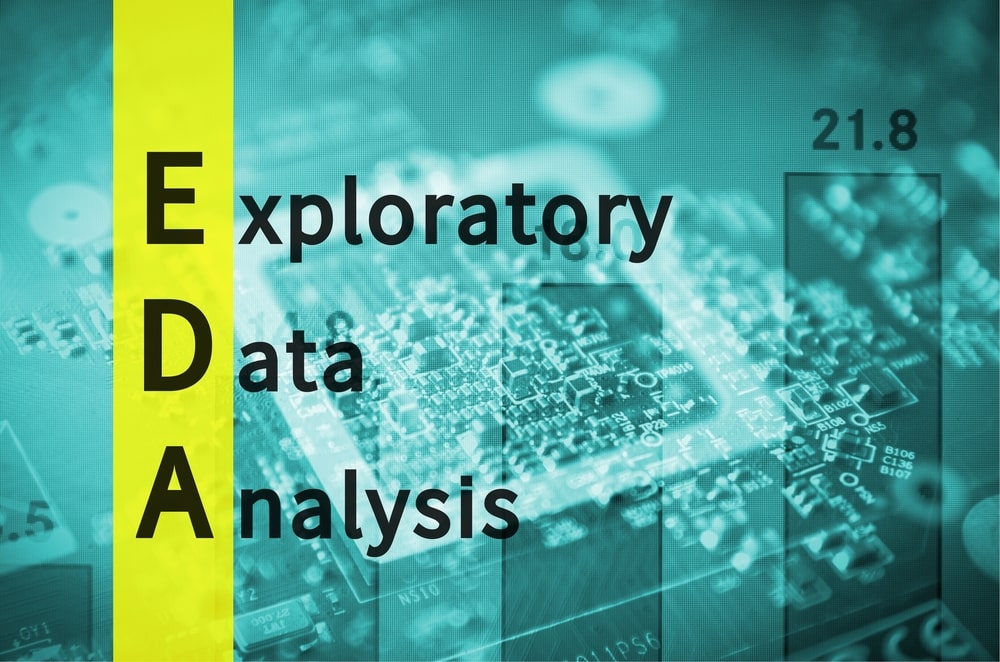When you need the right language for data science projects, R and Python are top options. Each has unique strengths for specific tasks. This guide helps you choose between R and Python for your data science work.
What is R?
R is a programming language and a free software environment. It works for statistical computing and graphics. Statisticians and data miners use R for data analysis. The R Foundation for Statistical Computing supports R.
What is Python?
Python is a high-level, general-purpose programming language. Guido van Rossum created Python. Developers use it for web development, software development, and data analysis. The Python Software Foundation manages Python.
Why R Matters for Data Science
R helps you analyze data and create visualizations. It offers many packages for statistical modeling and machine learning. This makes R great for in-depth statistical analysis.
Why Python Matters for Data Science
Python helps you build end-to-end data science solutions. It integrates well with other systems. Python’s libraries support data manipulation, machine learning, and deployment.
Master Data Science Using Python
Learn Data Science with Python in this comprehensive course! From data wrangling to machine learning, gain the expertise to turn raw data into actionable insights with hands-on practice.
3 Key Differences: R vs. Python
R and Python differ in their focus, community, and learning curve. Understanding these helps you pick the right one.
1. Focus and Purpose
R focuses on statistical analysis and research. It has a strong community of statisticians. They contribute specialized packages for advanced statistical methods. You use R for complex statistical modeling and hypothesis testing.
Python is a general-purpose language. It offers flexibility for many tasks, including data science. Python is strong in machine learning, deep learning, and deploying models. You use Python for building complete data-driven applications.
2. Community and Support
The R community is strong in academia and research. Many statisticians share code and offer support. CRAN (Comprehensive R Archive Network) hosts R packages. You find extensive documentation and forums for statistical problems.
Python has a larger, more diverse community. Developers from various fields use Python. PyPI (Python Package Index) hosts a vast array of libraries. This community offers support for general programming, web development, and data science.
3. Learning Curve
R has a steeper learning curve for non-statisticians. Its syntax is sometimes less intuitive for beginners. But once you learn R, you can perform powerful statistical analyses.
Python has a gentler learning curve. Its syntax is clear and easy to read. This makes Python a good choice for beginners in programming and data science.
R for Data Science: Pros and Cons
R offers strong statistical capabilities. But it has some limitations.
Pros of R for Data Science
- Advanced Statistical Analysis: R provides comprehensive tools for statistical modeling, time series analysis, and bioinformatics.
- Powerful Data Visualization: R’s
ggplot2library creates high-quality, customizable plots. - Robust Statistical Packages: CRAN offers thousands of packages for almost any statistical method.
- Reproducible Research: R Markdown helps you create dynamic reports that combine code, output, and text.
Cons of R for Data Science
- Slower for Large Datasets: R can be slower for large datasets due to its in-memory processing.
- Steeper Learning Curve: New programmers may find R’s syntax challenging.
- Limited Deployment Options: Integrating R models into production systems is harder than with Python.
Python for Data Science: Pros and Cons
Python is versatile for data science. It also has some trade-offs.
Pros of Python for Data Science
- Versatility and Integration: Python works for data science, web development, and automation. It integrates well with existing systems.
- Strong Machine Learning Libraries: Libraries like scikit-learn, TensorFlow, and PyTorch are powerful for machine learning and deep learning.
- Scalability: Python handles large datasets better than R, especially with libraries like Dask.
- Ease of Deployment: You can easily deploy Python models into production environments.
- Beginner-Friendly Syntax: Python’s clean syntax makes it easier to learn for new programmers.
Cons of Python for Data Science
- Less Specialized Statistical Support: Python’s statistical libraries are less specialized than R’s.
- Visualization Can Be More Complex: While Python has good visualization libraries (Matplotlib, Seaborn), creating complex statistical plots is often easier in R.
When to Choose R
Choose R when:
- Your work is primarily statistical analysis. You need to perform hypothesis testing, build complex statistical models, or conduct academic research.
- You need powerful data visualization. R’s
ggplot2creates publication-quality graphs. - Your team has a strong background in statistics. They can leverage R’s specialized statistical packages.
- Reproducibility is key for your reports. R Markdown helps you create integrated reports.
When to Choose Python
Choose Python when:
- You need a general-purpose language. You want to build end-to-end data science solutions, including data collection, cleaning, modeling, and deployment.
- You work with machine learning or deep learning. Python offers industry-standard libraries for these tasks.
- You need to integrate data science with web applications. Python is excellent for building APIs and web services.
- Your team has a programming background. They can quickly learn Python’s clear syntax.
- Scalability is a concern. You deal with large datasets that require efficient processing.
Master Python for ML & Data Science
Learn Python for data science and machine learning to unlock endless opportunities. Its ease of use and powerful libraries help you transform data into insights & build intelligent systems seamlessly.
Can You Use Both?
Yes, you can use both R and Python. Many data scientists use both tools.
- Combine Strengths: You can use R for initial statistical analysis and visualization. Then switch to Python for machine learning model development and deployment.
- Interoperability: Tools like reticulate in R let you call Python code. This helps you leverage libraries from both languages.
Getting Started: R vs. Python
To start with R:
- Install R and RStudio: RStudio is an integrated development environment (IDE) for R.
- Learn basics: Understand data structures like vectors, lists, and data frames.
- Explore packages: Start with
dplyrfor data manipulation andggplot2for visualization.
To start with Python:
- Install Anaconda: This includes Python and many data science libraries.
- Learn basics: Understand data types, control flow, and functions.
- Explore libraries: Use
pandasfor data manipulation andMatplotliborSeabornfor visualization. - Use Jupyter Notebooks: This helps you write and run Python code interactively.
Conclusion
Both R and Python are powerful language for data science. R excels in statistical analysis and visualization. Python offers versatility for machine learning and deployment. Your choice depends on your specific needs, existing skills, and project goals. Many data scientists use both tools to leverage their unique strengths.






